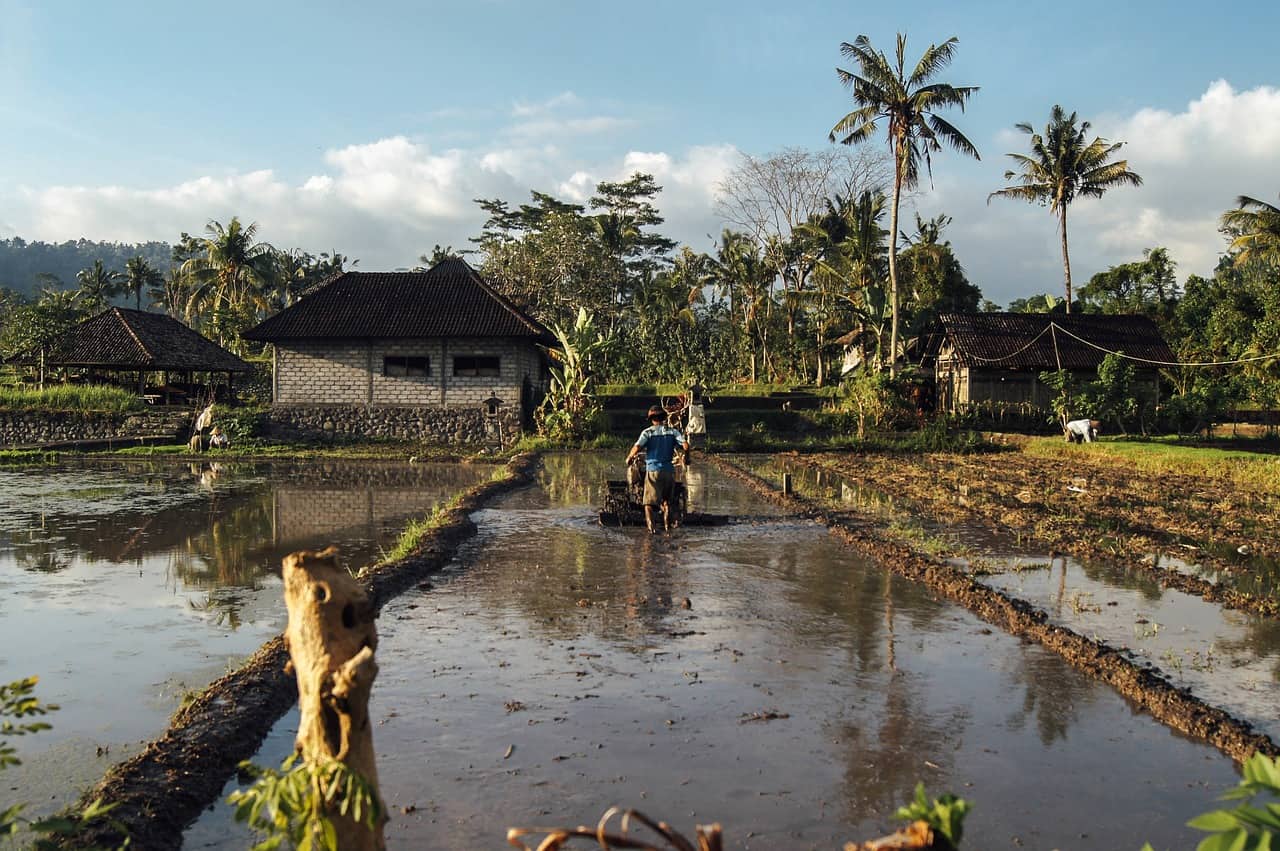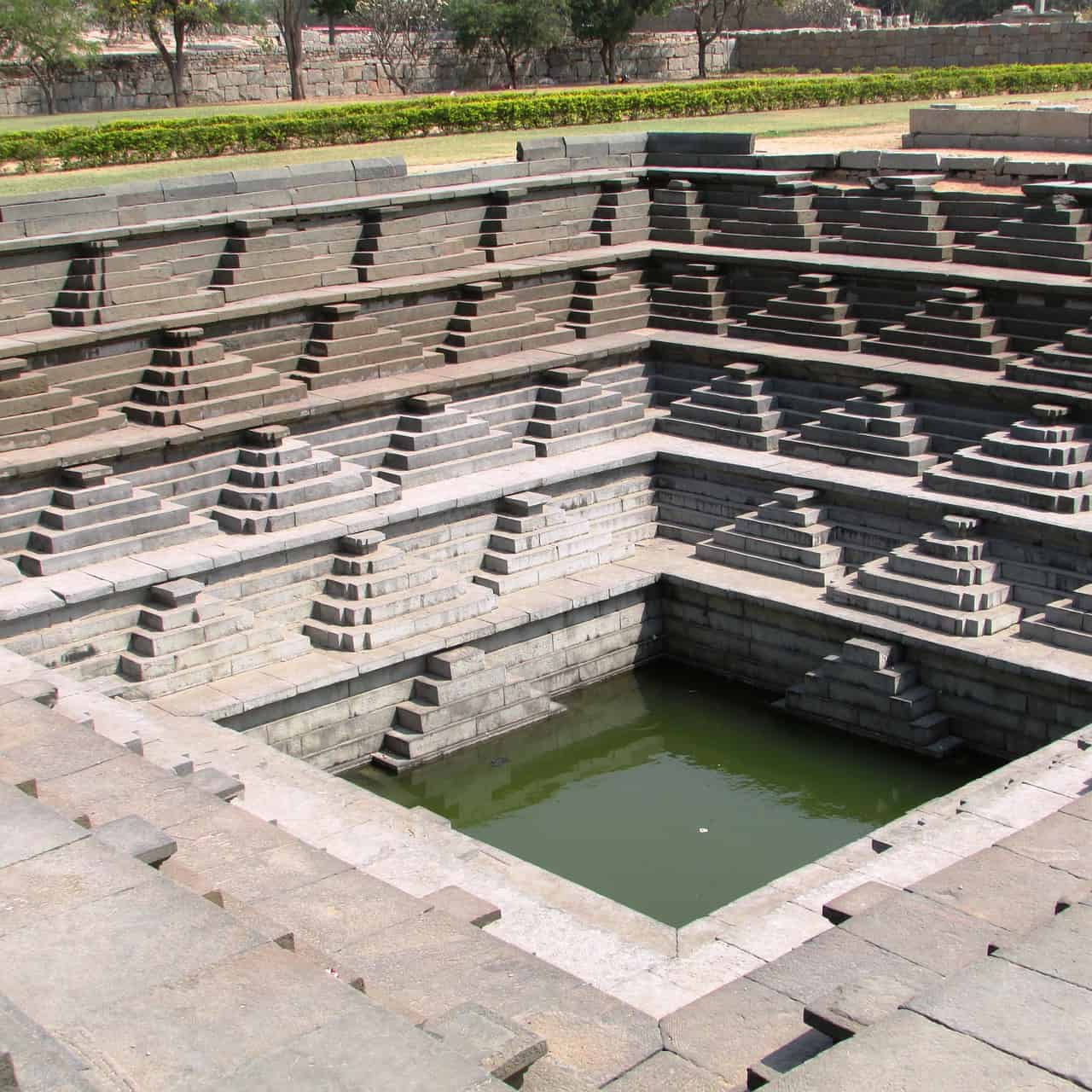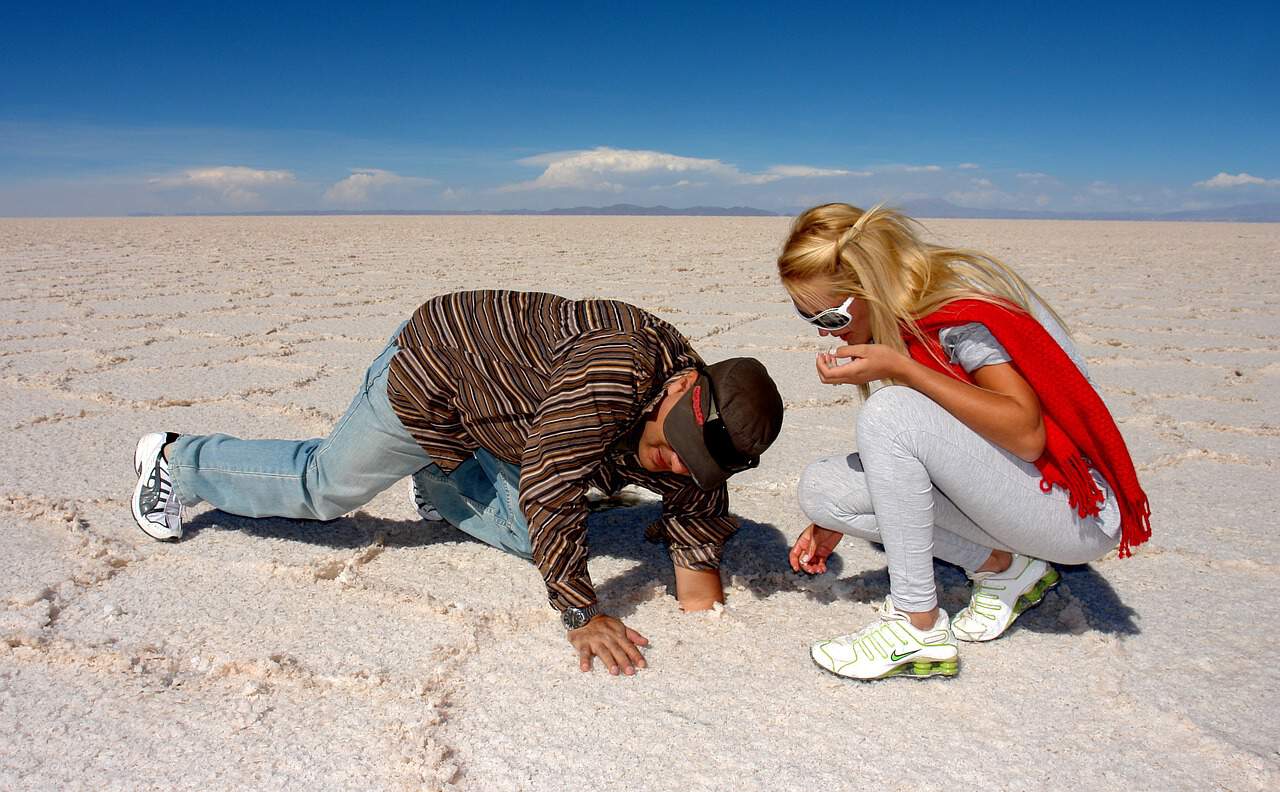The whole world is moving towards being sustainable and all cities are practising to become sustainable city. Moreover Sustainable water management is the part of it, and that would be our important objective. Can we manage water such that, our future generations will not face problems?, or do we have such methodologies to increase and maintain water table level?….
Groundwater is an increasingly important resource for urban and rural potable water supply, irrigated agriculture, and industries. It has estimated that globally groundwater uses to provide some 36 percent of all potable water supply, 43 percent of water used for irrigated agriculture, and 24 percent of direct industrial water supply.

Although comprehensive statistics on groundwater use are not available, other estimates suggest that in 2010 global withdrawals exceeded 900 km3. Withdrawal intensity varies widely, and reaches the highest level across large areas of Bangladesh, China, India, Iran, and Pakistan, and more locally in the European Union, Mexico, the Middle East, North Africa, and USA. (The links between land use and groundwater, 2014)
Since the beginning of urban planning we have adopted various changes in planning our cities or regions. But not much could have been achieved in saving underground water. Land use is also influence an area’s water table. Urban areas often have impervious surfaces, such as parking lots, for instance. Impervious surfaces prevent water from seeping into the ground below. Instead of entering the area’s zone of saturation, water becomes runoff. Ultimately that goes into open drains or sewage lines. Day by day people ignoring the importance of open space along the rod and whole area they try to covered by concrete and all. Here basically I am trying to justify that, only we need to flash back and find answers for this problem.
Our ancient water management
There were a concept called ‘panchamahabhut’ includes space, fire, water, and earth.we treated them as god and try to conserve them. We can say our civilisations as sustainable because, there were each and every parts are well planned. History tells us that both floods and droughts were regular occurrence in ancient India. Perhaps this is why every region in the country has its own traditional water harvesting techniques that reflect the geographical peculiarities and cultural uniqueness of the regions. The basic concept underlying all these techniques is that rain should be harvested whenever and wherever it falls.
It has been mentioned in the book ‘Dying Wisdom’ about our traditional techniques. Many examples have been given in the book, one short example is,“During the drought of 1987 — probably the worst of the century — journalist Om Thanvi had scoured the Rajasthan desert to assess the state of the region’s water harvesting systems. An acute shortage of drinking water marked the region, with government agencies desperately trying to reach water to far-flung rural communities on trucks. Thanvi was amazed to find that wherever households had not given up their traditional rainwater harvesting systems called kundis, the urgency for the government water tankers was much less or non-existent. Following the drought, the government actually began to encourage the construction of such structures and the villagers also learnt an important lesson: Keep your own kundis intact while welcoming the extra water the government supplied.”
From our Vedas, ‘Regveda’ having techniques described about increasing water percolation into soil few of them I am going to explain here, as alternative to detergents we can use tamarind and Rock salt to purify water since, detergent contain chemicals responsible for pollution.
Surangas ( meaning tunnels in Kerala) is the method of rain water harvesting in Kasargod district of Kerala, many families in Kasarod district depend on the water of their drinking, dometic and sometimes irrigation purpose.
Archaeological evidence shows that the practice of water conservation is deep rooted in the science of ancient India. Excavations show that the cities of the Indus Valley Civilisation had excellent systems of water harvesting and drainage. The settlement of Dholavira, laid out on a slope between two storm water channels, is a great example of water engineering. Chanakya’s Arthashashtra mentions irrigation using water harvesting systems. Sringaverapura, near Allahabad, had a sophisticated water harvesting system that used the natural slope of the land to store the floodwaters of the river Ganga. Chola King Karikala built the Grand Anicut or Kallanai across the river Cauvery to divert water for irrigation (it is still functional) while King Bhoja of Bhopal built the largest artificial lake in India.

Drawing upon centuries of experience, Indians continued to build structures to catch, hold and store monsoon rainwater for the dry seasons to come. These traditional techniques, though less popular today, are still in use and efficient. Here it was only examples of the unique water conservation systems prevalent in India and the communities who have practised them for decades before the debate on climate change even existed. (thebetterindia.com)

Most groundwater originates directly from excess rainfall infiltrating the land surface. Thus land use has a major influence on both groundwater quality and recharge rates. Different land-use practices leave distinctive signatures on the quality of groundwater recharge and, in some instances; result in diffuse groundwater pollution, irrespective of climatic conditions. For better water resource management we need not to follow the western expensive technologies although its available In our conventional economical uncomplicated methods.
Author Bio: Saurabh Shiwankar is a student at Maulana Azaad National Institute of Technology, Bhopal who is pursuing his B.Planning. Rural planning and Indian cultural techniques adds to his list of interest.